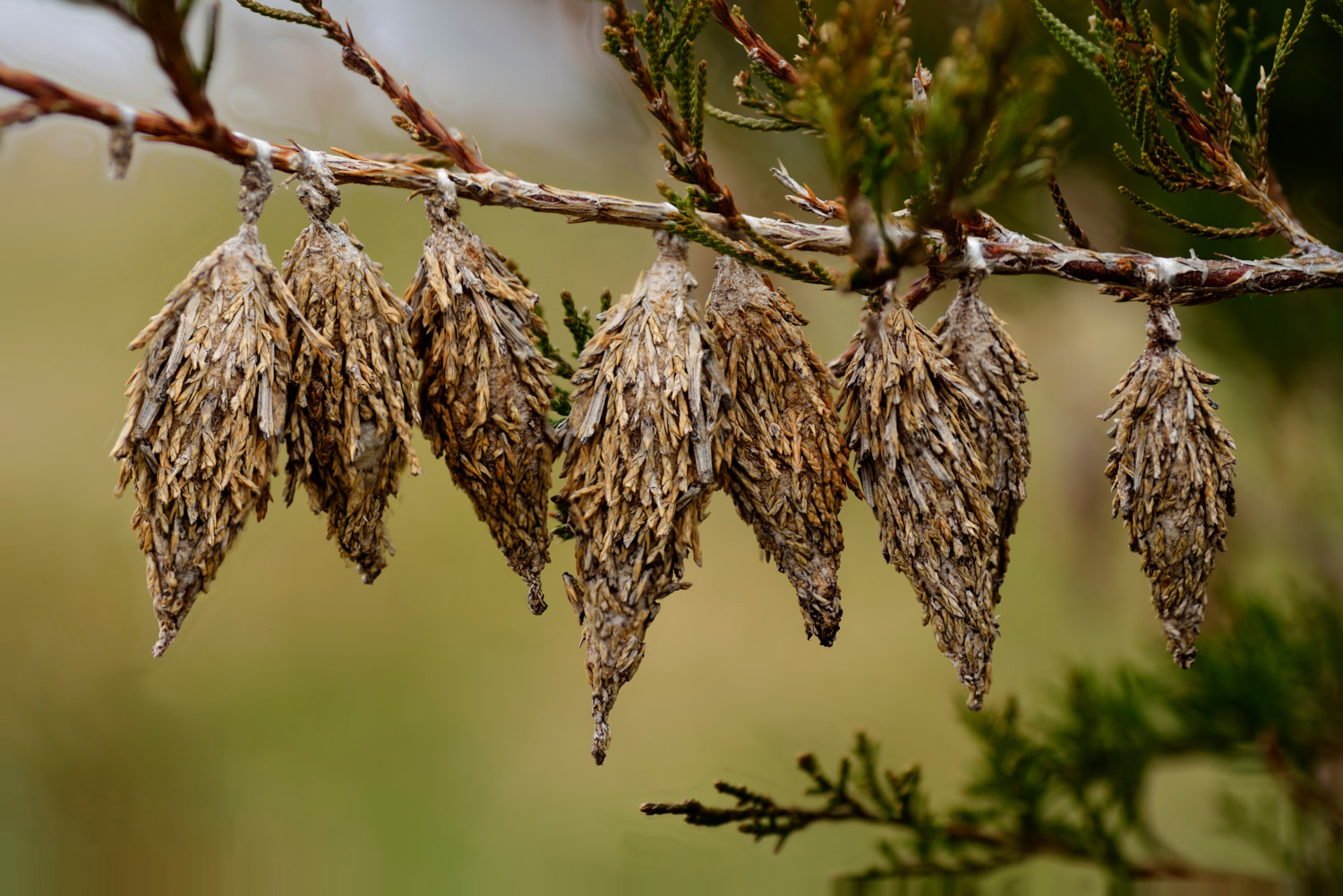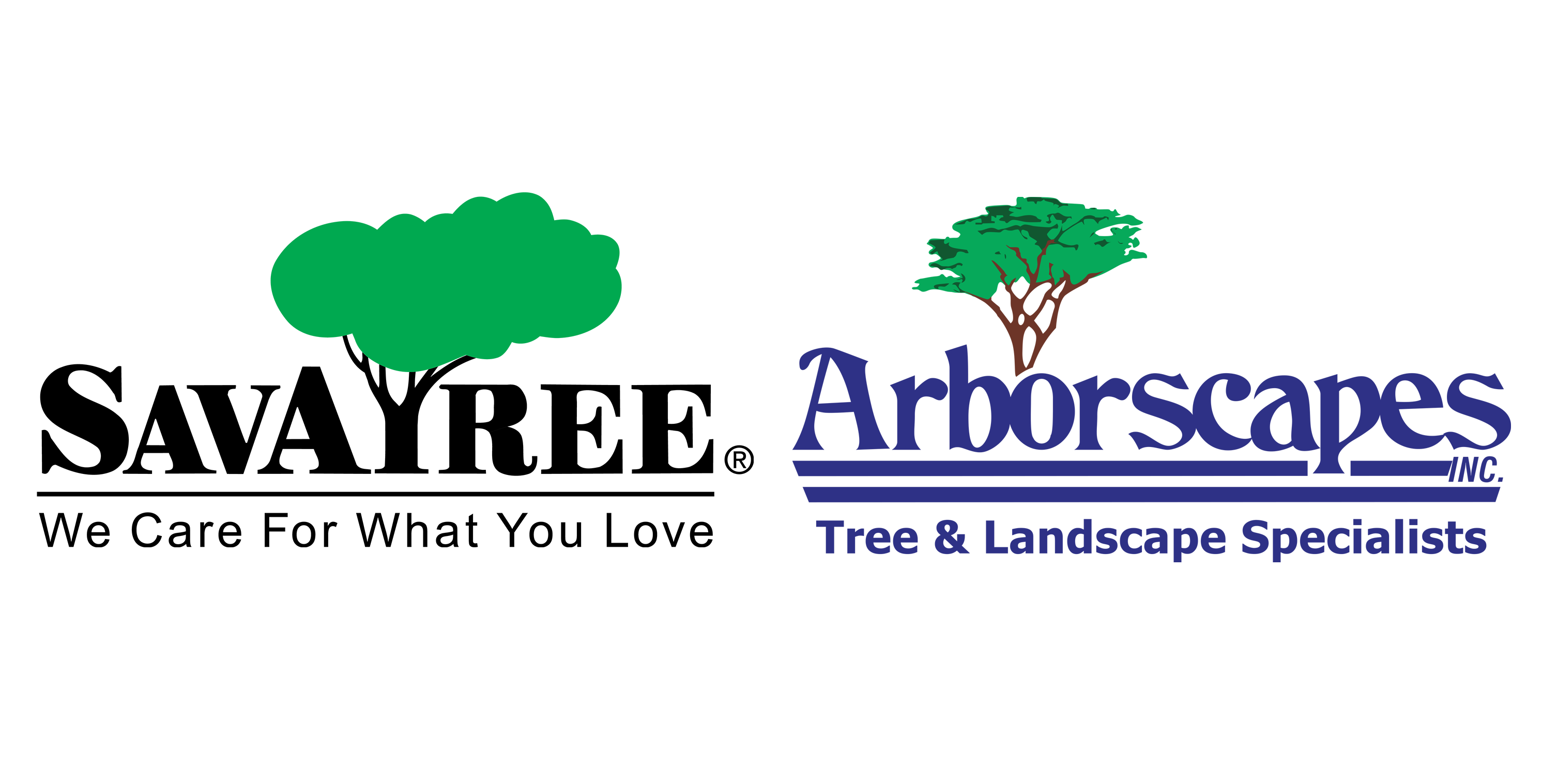
See all posts by this author
Bagworms can cause significant damage to your trees if left uncontrolled. In the Charlotte area, bagworms affect arborvitae, cedars, leyland cypress, junipers, and pine trees. So if you’re finding bagworms on arborvitae, or any of your other trees, we have some bagworm treatment suggestions.
Of course, bagworm treatment and prevention services are included in a Plant Health Care subscription from Arborscapes. (As are myriad other pests) If you would like to become a part of our Plant Health Care program, reach out to Arborscapes today! Your living landscape will be the envy of the entire neighborhood!
Methods for Bagworm Treatment & Control
Physical Removal
- During late fall, winter, and early spring, inspect the tree for bagworm cases (which resemble small pine cones).
- Physically pick off the bagworm cases and destroy them.
Biological Control
- Predators: Birds, such as sparrows, can be natural predators of bagworms. Attracting more birds to your garden can help.
- Beneficial Insects: Introducing beneficial insects, like Trichogramma wasps, can be an effective way to control bagworms as they are parasitoids to bagworm eggs.
- Bacillus thuringiensis (Bt): This is a naturally occurring bacterium that can be lethal to bagworms when ingested. Apply this bagworm treatment when the larvae are young, typically in late spring or early summer, for the best results.
Chemical Control
- If the infestation is severe, consider using chemical insecticides.
- Insecticides such as permethrin, bifenthrin, and spinosad can be effective against bagworms.
- It’s crucial to apply these bagworm treatments when the larvae are young (usually in June) and actively feeding. Once they’ve created their bags and attached themselves to branches in late summer, they’re more resistant to chemical controls.
- Always follow label recommendations and consider the potential impact on beneficial insects when using chemical treatments.
Regular Inspection
- Check your arborvitae (or other evergreens) regularly, especially from late spring through early summer when the young larvae are most active. Catching an infestation early can make management much easier.
Maintain Tree Health
- A healthy tree is better equipped to survive an infestation. Make sure the tree is well-watered, especially during dry periods, and consider applying a balanced fertilizer if the soil lacks essential nutrients.
As always, it’s crucial to combine multiple strategies and regularly monitor the trees for signs of bagworm infestation. And before using any pesticide, ensure you read and follow the label instructions, considering the potential impact on non-target organisms.
And if all of this sounds like too much work, contact Arborscapes to subscribe to our Plant Health Care program, and we will take care of this, other pests, fertilization and health concerns for your living landscape!
See all posts by this author
